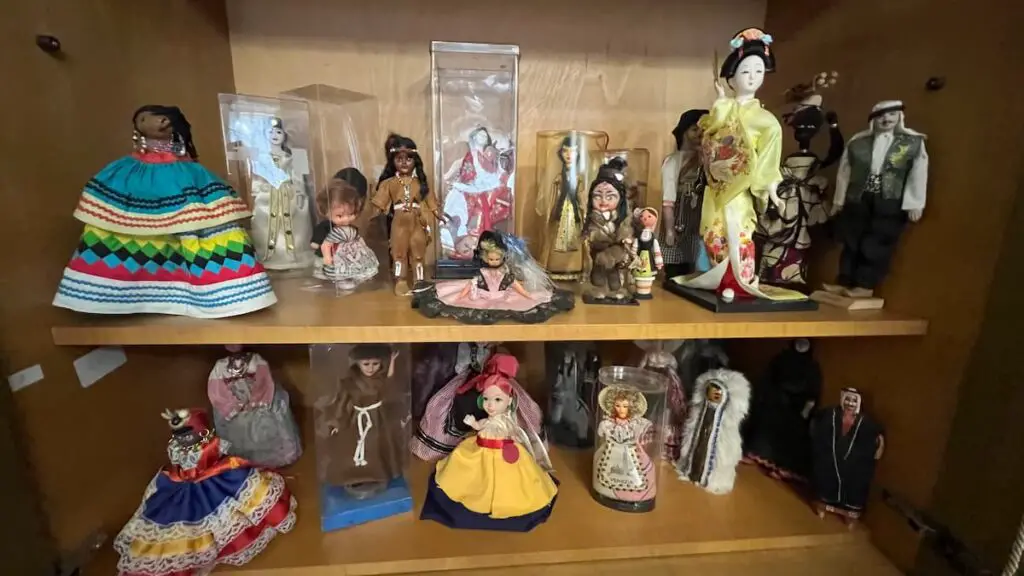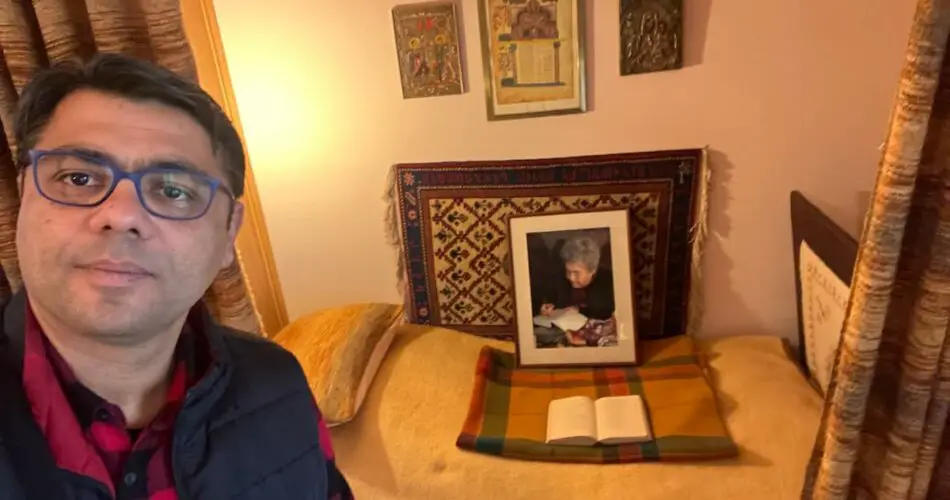Silva Kaputikyan. The name resonates with the weight of history, the beauty of poetry, and the unwavering spirit of a nation. More than just a poet, Kaputikyan was a voice for the Armenian people, a chronicler of their joys and sorrows, and a tireless advocate for their rights. Her life, intertwined with the tumultuous 20th century, reflects the resilience and enduring spirit of Armenia itself. This post delves into the remarkable journey of Silva Kaputikyan, exploring her life, her literary contributions, her political activism, and the lasting legacy she left behind.
From Van to Yerevan: Early Life and Influences
Born on January 20, 1919, in Yerevan, to parents who hailed from the historic Armenian city of Van, Kaputikyan’s roots were deeply embedded in the soil of a land scarred by tragedy. The Armenian Genocide, a horrific event that took place just a few years before her birth, cast a long shadow over her life and profoundly influenced her writing. This inherited trauma, coupled with a deep love for her homeland, would become the crucible in which her poetic voice was forged.
Kaputikyan’s intellectual curiosity and passion for literature were evident from a young age. She pursued her studies at Yerevan State University, graduating from the Humanities department in 1941. Her academic journey continued at the prestigious Gorky Institute of Literature in Moscow from 1949 to 1950, where she honed her craft and immersed herself in the world of Armenian literature.
A Literary Voice Emerges: The Power of Poetry
Kaputikyan’s first collection of poems was published in 1945, marking the beginning of a prolific literary career that would span over six decades and encompass more than sixty volumes of poetry. Her verses, imbued with a lyrical beauty and emotional depth, quickly resonated with readers in Armenia and beyond. Her poems became an important element of soviet Armenian literature and were translated into many languages and included in many anthologies.
Her early works often explored themes of love, nature, and the human condition. However, the echoes of the Armenian Genocide, the yearning for justice, and the complexities of Armenian identity were never far beneath the surface. Her powerful words gave voice to the unspoken grief and the enduring hope of a people striving to rebuild their lives in the aftermath of unspeakable loss.
One of Kaputikyan’s most famous works, “Midway Contemplations,” published in 1961, is a poignant reflection on the Armenian Genocide and the enduring legacy of trauma. It is in this book that she penned the iconic lines, “You must take revenge by continuing to live,” a phrase that encapsulates her philosophy of “peaceful revenge” – a call to honor the memory of the victims by thriving and preserving Armenian culture.
More Than a Poet: An Activist’s Heart
Kaputikyan’s commitment to her people extended far beyond the realm of literature. She was a prominent figure in the Karabakh movement, a pivotal period in the late 1980s and early 1990s that saw Armenians in Nagorno-Karabakh demanding self-determination. She bravely spoke out in support of the movement, becoming a powerful voice for the aspirations of her people. Along with the writer Zori Balayan, she met with Mikhail Gorbachev in 1988 in an attempt to secure a solution to the Karabakh issue.
After Armenia gained independence in 1991, Kaputikyan did not shy away from criticizing the new government and the Armenian National Movement (ANM) party. She was a vocal critic of policies she believed were detrimental to the nation’s well-being, demonstrating her unwavering commitment to the principles of justice and democracy.
In April 2004, when the Armenian authorities used violence against peaceful protestors in Yerevan, Kaputikyan made a powerful statement of protest. She returned the Mesrob Mashtots Order, a prestigious state award, to the President, symbolizing her disillusionment with the government’s actions.
A Legacy Preserved: The Silva Kaputikyan House-Museum

Silva Kaputikyan passed away on August 25, 2006, leaving behind a profound legacy that continues to inspire generations. She was laid to rest at the Pantheon of Komitas Park in Yerevan, a place of honor reserved for Armenia’s most distinguished artists and intellectuals.
On January 20, 2009, on what would have been her 90th birthday, the Silva Kaputikyan House-Museum was inaugurated in Yerevan. The museum, located on Kaputikyan Street (formerly Baghramyan Lane 1), is a testament to her life and work. Inside, visitors can explore her personal belongings, manuscripts, photographs, and other artifacts that offer a glimpse into the world of this remarkable woman. The inauguration was attended by then-President Serzh Sargsyan and her son, Ara Shiraz, a renowned sculptor in his own right and the only son of Kaputikyan’s marriage to the celebrated poet Hovhannes Shiraz.
Visiting the Museum: A Journey into History
A visit to the Silva Kaputikyan House-Museum is more than just a tour of a historical building; it’s a journey into the heart of Armenian history, literature, and activism. The museum offers a unique opportunity to connect with the life and work of a woman who dedicated her life to her people and her art. Through her personal effects and writings, visitors can gain a deeper understanding of the challenges and triumphs that shaped 20th-century Armenia.
Conclusion: An Enduring Inspiration
Silva Kaputikyan’s legacy extends far beyond the walls of her house-museum. She remains an enduring symbol of Armenian resilience, a powerful voice for justice, and a literary icon whose words continue to resonate with readers around the world. Her life story is a testament to the power of poetry to heal, to inspire, and to give voice to the voiceless. Her call for “peaceful revenge” – to live on, to create, and to remember – continues to inspire Armenians and all those who strive for a better world.
If you find yourself in Yerevan, a visit to the Silva Kaputikyan House-Museum is an absolute must. It is a chance to pay homage to a remarkable woman, to learn about a pivotal period in Armenian history, and to be inspired by the enduring power of the human spirit.

